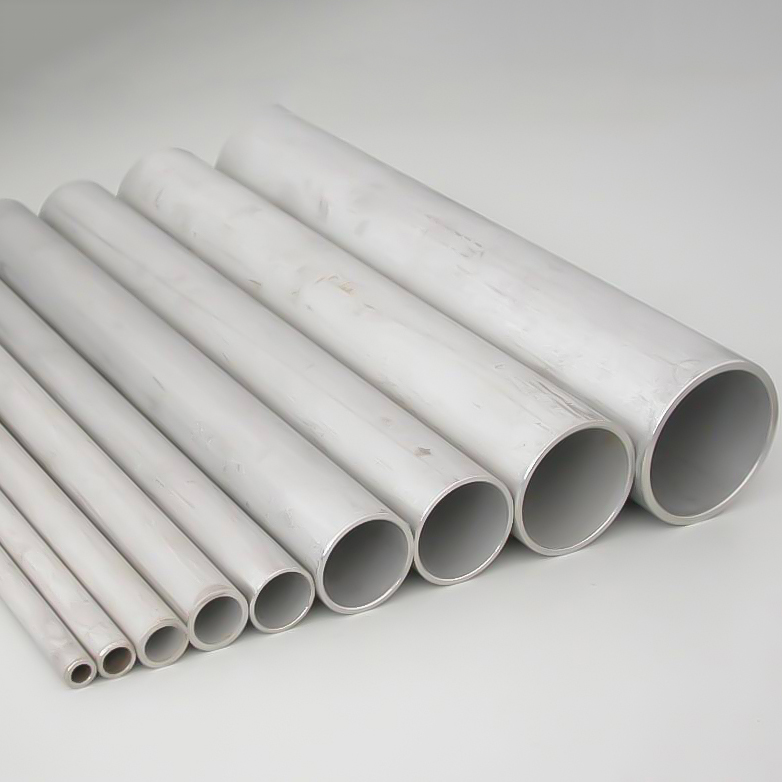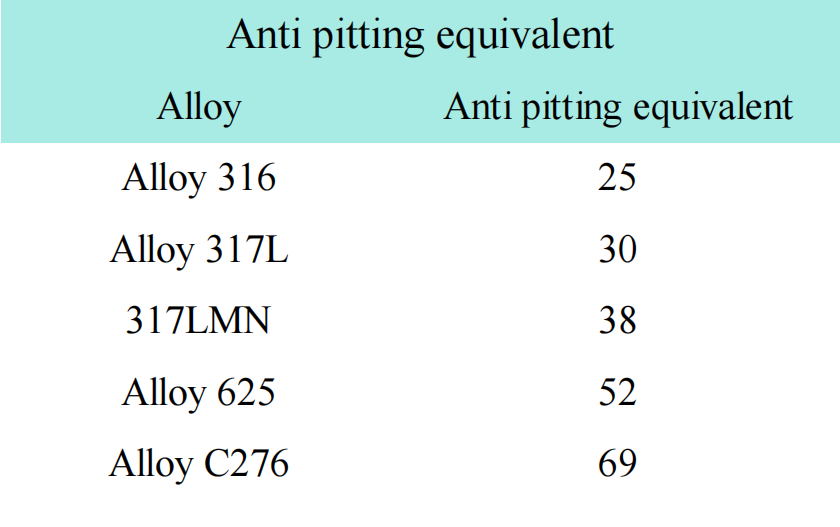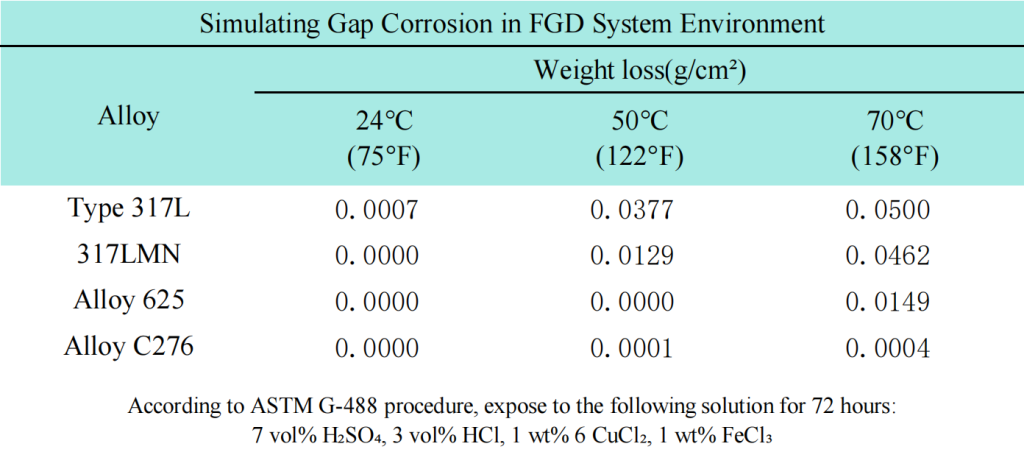
317L stainless steel (UNS S31726) is an austenitic stainless steel based on molybdenum (Mo).
It has stronger resistance to chemical corrosion compared to conventional chromium nickel austenitic stainless steels such as 304 stainless steel.
In addition, compared with conventional stainless steel, 317L stainless steel has higher ductility, stress corrosion resistance, compressive strength, and high temperature resistance.
It is a low-carbon or L-grade, which has anti sensitization performance during welding and heat treatment processes.
Stainless steel 317LMN and 317L are austenitic stainless steels containing molybdenum, which have better chemical corrosion resistance compared to conventional nickel austenitic stainless steels (such as stainless steel 304).
In addition, in high-temperature environments, 317LMN and 317L stainless steel have greater fracture stress strength and better ductility than conventional stainless steel.
All are low-carbon or "L" grade, which can provide anti sensitization effect during welding and other heat treatment processes "M" and "N" refer to the components containing increasing amounts of molybdenum and ammonia.
The combination of molybdenum and ammonia is beneficial for improving the resistance to pitting and pitting corrosion, especially in high-temperature environments containing acidic compounds, chlorides, and sulfides.
Ammonia is also beneficial for improving the strength of these alloys.
Both alloys are designed for harsh working environments, such as flue gas desulfurization systems.
Stainless steel 317L and 317LMN are more resistant to atmospheric and other mild corrosion than conventional chromium nickel stainless steel.
Generally speaking, environments that are not corrosive to 18Cr-8Ni steel will not cause corrosion to molybdenum containing alloys, except for strong oxidizing acids such as nitric acid.
Stainless steel 317LMN and 317L are more resistant to corrosion from sulfuric acid solutions than conventional chromium nickel stainless steel.
Its corrosion resistance increases with the increase of molybdenum content in the alloy.
These stainless steels can withstand up to 5% concentration of sulfuric acid in environments with temperatures up to 120 ° F (49 ° F).
In environments with temperatures below 100 ℉ F (38 ° C), these stainless steels exhibit excellent corrosion resistance and can resist corrosion from higher concentration solutions.
However, application testing should consider specific operational factors that may affect corrosion behavior.
In the processing of sulfur-containing gas concentration, these stainless steels are more resistant to the erosion of concentrated gas than conventional stainless steel 316.
The concentration of acid has a significant impact on the corrosion rate in such environments, and careful decisions should be made based on specific application testing.
The low carbon content (less than 0.03%) of these stainless steels effectively prevents sensitization and intergranular corrosion during heat treatment (such as welding or forging).
317LMN and 317L stainless steel have higher chromium content and stronger resistance to intergranular corrosion.
It should be noted that if exposed to an environment of 800-1400 ° F (427-816 ° C) for a long time, its intergranular corrosion resistance may be damaged, and the precipitation of the sigma phase may also make it brittle.
317LMN stainless steel has a high ammonia content, which can slow down the precipitation of sigma phase and carbides.

As shown in the above table of resistance to pitting corrosion equivalent (PRE), high molybdenum and ammonia content can greatly improve the resistance to pitting corrosion.
PRE is obtained from corrosion test results. Corrosion tests have shown that nitrogen is 30 times stronger than chromium and about 9 times stronger than molybdenum in improving the pitting resistance of chlorides.
The initial temperature for gap corrosion specified in the modified ASTG-48B test is an effective method for comparing the corrosiveness of stainless steel and nickel based alloys.
The following critical crevice corrosion temperature table indicates that the corrosion resistance of austenitic stainless steel to crevice corrosion increases with the increase of molybdenum and ammonia content in the alloy.

Chromium nickel molybdenum steel has excellent oxidation resistance, and in ordinary atmospheres, the rate of scale formation is low at temperatures not exceeding 1600-1650 ° C (871-899 ° C).
The physical and mechanical properties of 317LMN and alloy 317L stainless steel are similar to conventional austenitic stainless steel, therefore, they can be processed using the method of processing stainless steel 304 and 316.